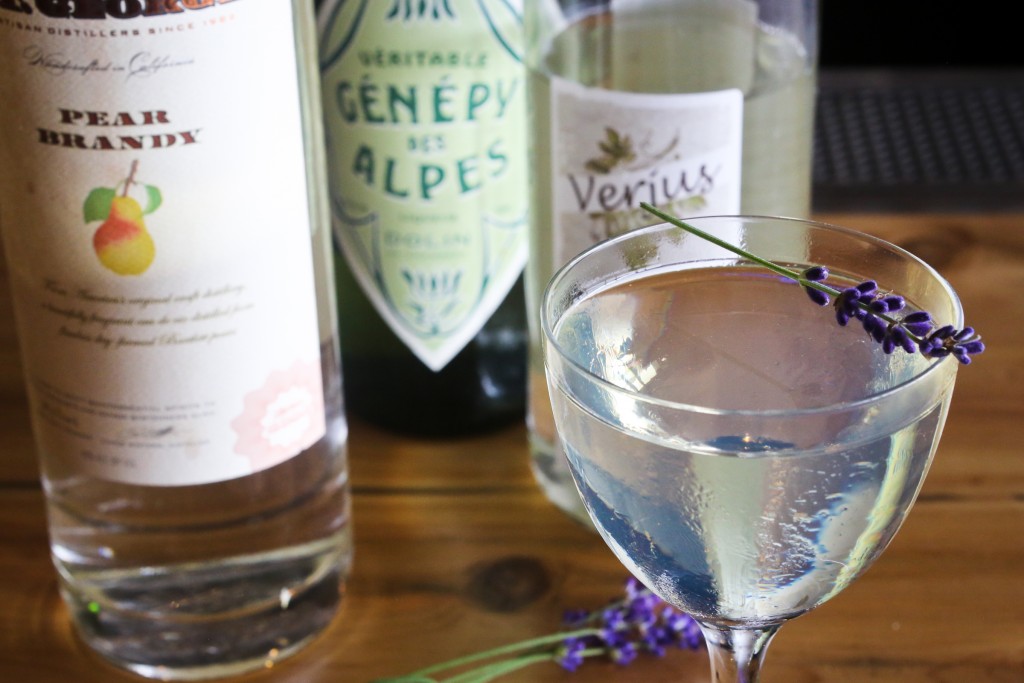Fresh, handmade pastas are always going to be a big part of our menu. We love eating pasta ourselves, and so far, our guests seem to be enjoying them as well.
A number of customers have asked how our various pastas are made and why particular noodles are paired with particular dishes. We make the pasta from scratch every day, so it was easy enough to put some photos together so as to illustrate how each is made and to explain why each is used in a particular dish.
[slideshow_deploy id=’427′]
Thicker, squat noodles tend to allow chunky sauces and pieces of meat to cling to the inside or outside of the pasta. The size of the noodle generally matches the size of the chunks in the sauce. So the meat in the rabbit ragu gets trapped in the fine grooves of our house cavatelli, whereas the larger bits of lamb ragu go with the chewier, bigger, tube-shaped rigatoni.
And of course, within those styles of pasta, there are so many variations. Rigatoni is an extruded pasta, meaning that the dough is fed through a small opening by force, then trimmed to size. It’s also an egg-less dough, which means it also allows us the freedom to make vegan pasta dishes for guests who can’t enjoy the typical menu offerings.
Thinner, angel hair-style noodles are better for thin sauces, like that found on our squid ink chittara. Oils and looser sauces coat the noodle and help avoid them sticking together. No one wants a gnarly bird’s nest of sticky noodles.
Finally, gnocchi is almost more of a dumpling. It can be made in several ways, all of which are among the easier forms of pasta to make. Ricotta-based gnocchi like we currently serve at Selden Standard tend to be lighter and more pillowy than its potato or root veggie derived cousins.
We’re fortunate enough to have a few people on the team who know how make our pasta, and we can make quite a bit in a day. But for those interested in trying out some freshly made pasta at home, Andy’s put together a simple gnocchi recipe that we’re happy to share below.
Recipe: Ricotta Gnocchi
- 1 cups fresh ricotta cheese, drained
- 1 egg yolk
- 1 whole egg
- 1 tsp kosher salt
- Zest of half a lemon (used a microplane)
- 2 Tbsp soft herbs, chopped (e.g., chives, parsley, tarragon, dill)
- 1 cup all-purpose flour
In a mixer fitted with a paddle attachment (or alternatively, in a bowl using a spatula or wooden spoon), beat the ricotta, egg and yolk, salt, zest, and herbs for about a minute, until smooth.
On a cutting board or other work surface, spread half of the flour in a thin layer. Spread the cheese mixture over the flour, sprinkling the rest of the flour over the cheese. Using a pastry/bench scraper, chop the mix into small chunks. Incorporate the mix back together by gently folding from underneath without actually kneading the mix. Repeat the process until most of the flour is incorporated. Then bring the mixture into a ball and gently knead 2 or 3 times until smooth. Do not overwork the mixture. Cover with a towel until you’re ready to form the gnocchi.
Cut the dough into six equal pieces. Lightly dust the work area with flour, and using your hands, gently roll each piece into a half- to three quarter-inch thick log. Repeat with the other five chunks of dough. Then cut each log into small gnocchi, placing the finished gnocchi on a floured sheet tray.
At this point, you may freeze them for storage or you may cook them. To prepare them to eat, gently drop them in boiling water for a couple of minutes until the gnocchi float. At this point, you may toss them with your favorite sauce: We suggest some butter and herbs, a pesto, or a simple tomato sauce.
Or, when in doubt, just fall back on the wisdom of Clemenza from The Godfather:
Come over here, kid, learn something. You never know, you might have to cook for 20 guys someday. You see, you start out with a little bit of oil. Then you fry some garlic. Then you throw in some tomatoes, tomato paste, you fry it; ya make sure it doesn’t stick. You get it to a boil; you shove in all your sausage and your meatballs; heh…? And a little bit o’ wine. An’ a little bit o’ sugar, and that’s my trick.

